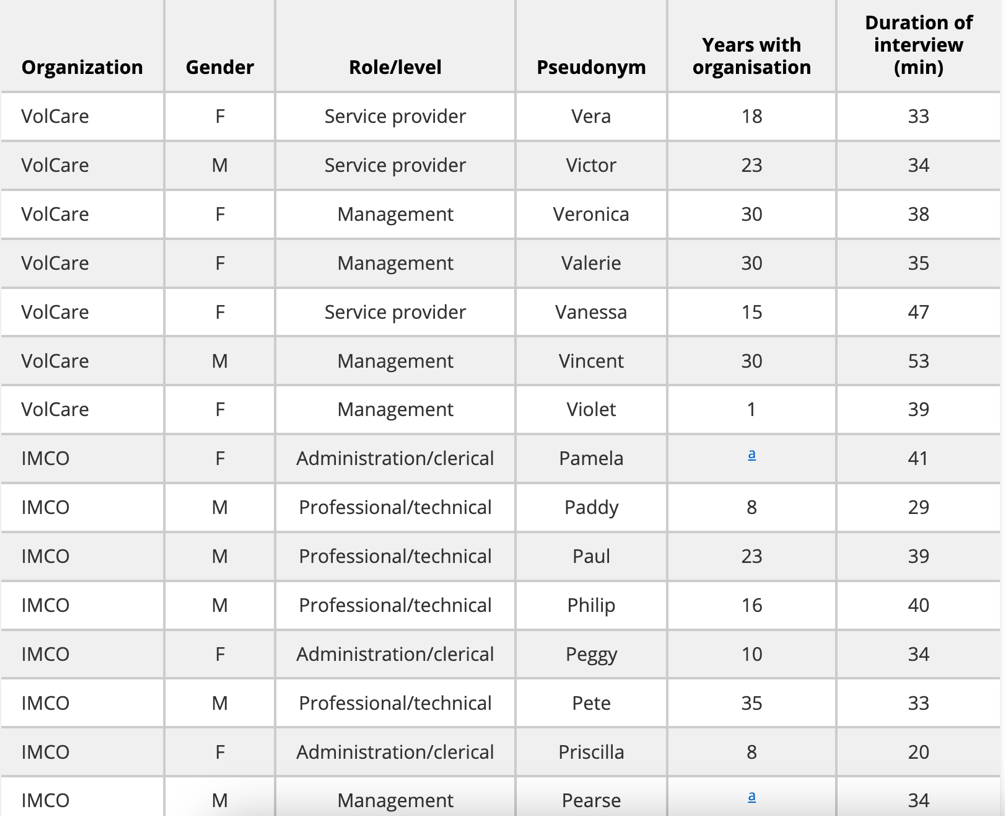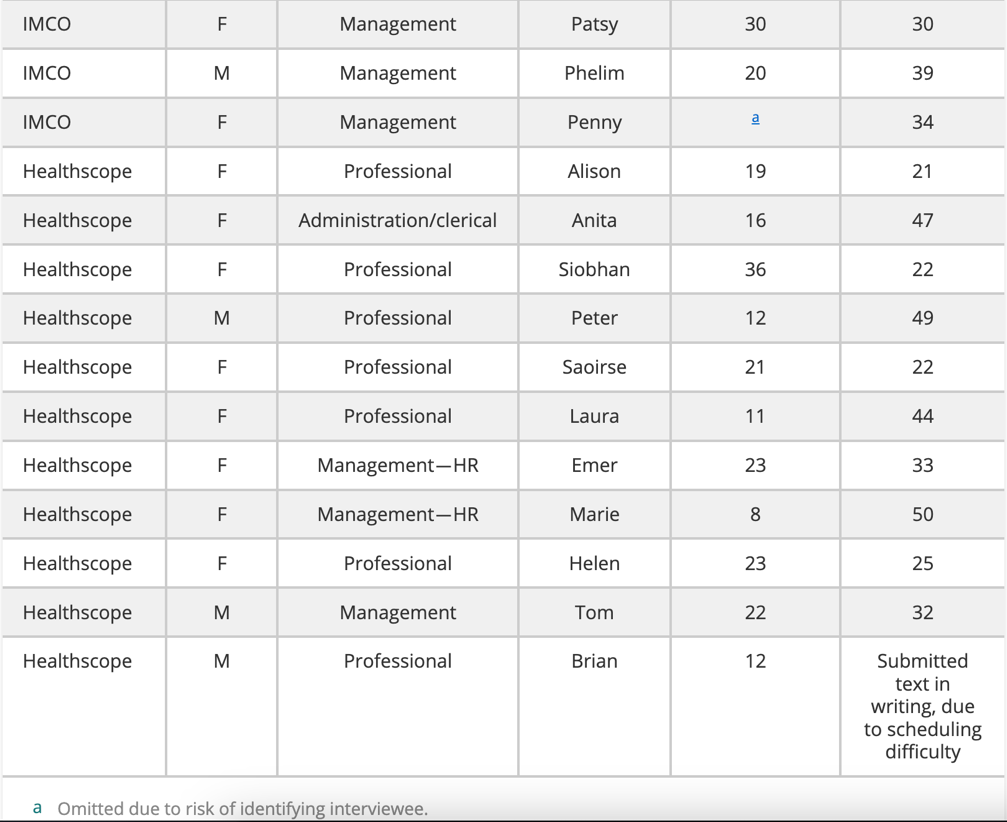Abstract
This report aims to explore the issue of bullying in the workplace. The types of bullying, its causes and consequences for both the organization and individual employees are considered. A review of research on bullying is conducted, and data and statistics on workplace bullying cases and witness testimonies are taken. As a result, it was found that bullying is a widespread and multifaceted problem that requires a comprehensive approach and the involvement of all employees and management.
The report provides information on the negative impact of bullying in the workplace and the importance of open communication and a friendly work environment. Attention was focused on the study of anti-bullying strategies and their effectiveness in the organization’s environment. The conclusions of the report emphasize the importance of improving the policy of addressing this problem and adapting it to the cultural context of each organization separately.
Introduction
Bullying is a problem that exists in most organizations and has a negative impact on employees and managers. Bullying is the act of disrespecting a person and includes harassment, stalking, ignoring, and so on (Hodgins et al., 2020). I have witnessed bullying in my workplace and can say with confidence that having policies and guidelines does not prevent it.
The organizational structure of an institution has a direct impact on the opportunities that facilitate bullying and can normalize harassment at work. This negative behavior has an impact not only on the efficiency and well-being of employees but also on the state of the organization. Bullying leads to a decrease in employee motivation, an increase in the frequency and duration of stress, low productivity, and more, all of which lead to a deterioration in the company’s reputation. This report will discuss the consequences of bullying in the workplace, the factors that contribute to its spread, and recommendations for eliminating bullying.
Findings
Bullying is a widespread problem in the workplace, which leads to negative consequences for both employees and the organization. According to research, about 15% of employees experience bullying in the workplace, and all of them suffer from the consequences in the form of poor health and general well-being (Hodgins et al., 2020). Negative health effects can include depression, anxiety, and post-traumatic stress disorder. In addition, not only those who have been bullied but also those who have been bystanders and simply witnessed the situation can suffer from negative impact (Hodgins et al., 2020). In this case, the impact is expressed in the desire to leave, job dissatisfaction, and increased stress levels.
Since bullying can be expressed in different ways, its nature, and therefore its factors, are multifaceted, making it difficult to identify and prevent (Hodgins et al., 2020). There is no single theory of bullying, as the factors that cause it combine the interaction of social, individual, organizational, cultural factors and group dynamics (Hodgins et al., 2020). Therefore, bullying is a multifaceted problem with numerous factors and consequences, and studying its various factors will help prevent its realization in the workplace.
Discussion
To conduct a study to identify the factors that cause bullying, three different organizations were selected, and interviews and surveys were conducted with some of their employees. The questions asked in the interviews included an understanding of the types of bullying, personal experiences, perceived causes, available support, outcomes of policies and procedures, and ideas for addressing the problem (Hodgins et al., 2020). A total of 29 people participated in the interviews, including both employees and senior management (see Appendix A for more information about the interview). The findings of the surveys confirm the view that the causes of bullying in the workplace are multifaceted.
In addition, the idea that organizational climate influences attitudes toward bullying was confirmed. The survey revealed the fact of silence about unfair and humiliating behavior and unwillingness to seek help from management, both on the part of the victim and witnesses. Thus, it was proved that there is no practical policy that would prohibit or punish bullying, but rather the presence of tolerance to this type of violence. If there is a policy on paper and the culture of the organization does not accept it, it will remain only in writing and will not be implemented in practice, making it ineffective.
Conclusions
Therefore, this report, as well as the research on which it is based, confirms the multifaceted nature of bullying and the difficulty of efforts to prevent it. This nature makes it difficult to impose liability on the perpetrator of humiliation. In addition, the development of policies to address the drivers of bullying and to establish accountability for the perpetration of humiliation must take into account the cultural context of the organization’s perception of the policy.
These findings do not include the abandonment of anti-bullying policies but focus on cultural adaptation to the context of the organization and understanding that policies are only a small part of the contribution to a comfortable work environment. The problem of workplace bullying is serious and relevant, as it leads to a deterioration in the condition of both employees and the organization. Eliminating this problem requires joint efforts, a comprehensive approach, and the search for practical measures to solve it.
Recommendations
If the anti-bullying policy is not effective in fulfilling its functions, it is worth investigating the problem in a particular organization separately. First of all, it is necessary to assess the relationship between employees, strengthen training and communication, engage external consultants, and apply strict sanctions. A study of employee relations will help to assess the atmosphere in the team and determine the leadership style and the degree of openness, which will further help to find ways to improve.
Training and communication will be useful to improve employees’ understanding of anti-bullying and conflict recognition. A welcoming work environment will encourage more open expression of concerns and improve openness. External consultants will be an advantage, as an objective view will help find effective solutions. Increased accountability for non-compliance with the rules will help ensure fairness in potential conflicts at work.
Reference
Hodgins, M., Lewis, D., MacCurtain, S., McNamara, P., Hogan, V., & Pursell, L. (2020). “… A Bit of a Joke”: Policy and Workplace Bullying. SAGE Open, 10(2), 1–14. Web.
Appendix A

